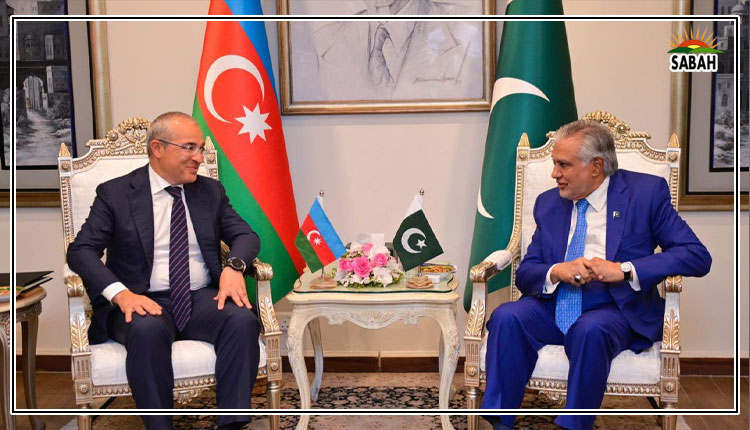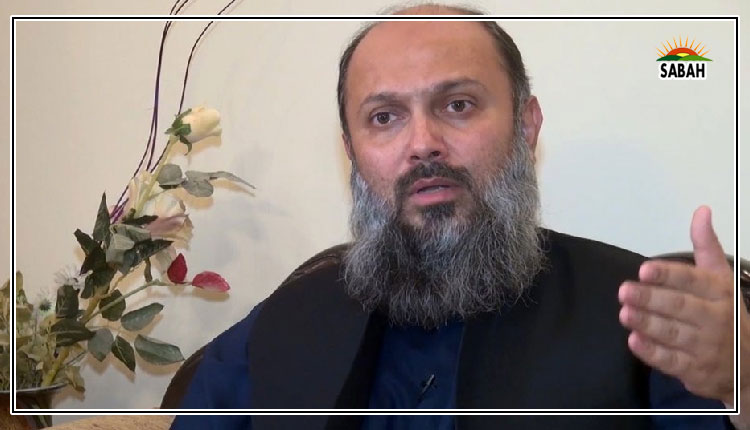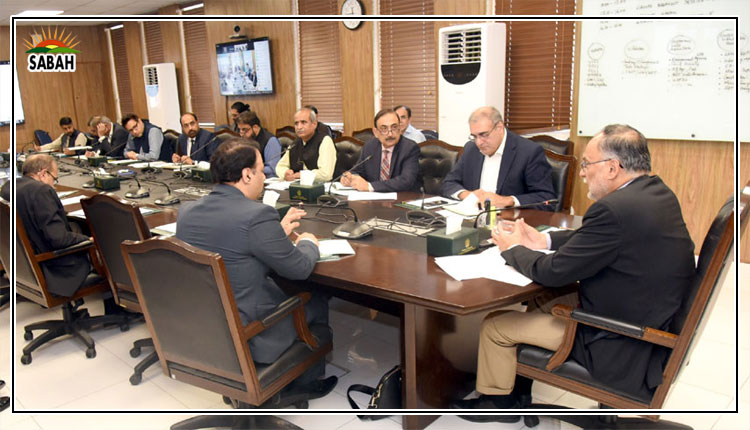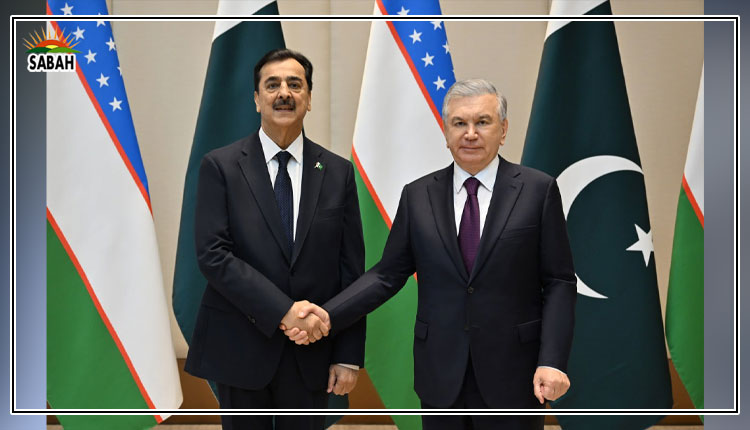Who will win the 2024 elections?…Khalid Bhatti
It is not easy to predict the results of an election in Pakistan. Many factors including popular support, electables and influential families, money, and blessings of the powers that be play a crucial role in the outcome of the election.
Many things happen behind the scenes before and during the elections, making it difficult to predict how things will unfold on Election Day. In this scenario, the February 8 general elections are no different.
However, despite all the unpredictability and uncertainty that still surrounds this political exercise, two things have become clear now.
First, the PML-N is likely to emerge as the largest party in the National Assembly. According to my assessment, the party is now leading on nearly 105 National Assembly seats. The PPP is trailing behind with 65 seats, and PTI-backed independent candidates might be able to win around 40 seats. The JUI-F is likely to win 15, the MQM-P eight, and independents 15 seats. The rest of the seats will be won by smaller parties. While the PML-N is likely to secure a majority of Punjabs national and provincial assembly seats, it will get only a few national assembly seats from other provinces.
Second: we are heading towards a hung parliament. It seems that no party will be able to win a simple majority to form its government in Islamabad without the help from smaller parties. A coalition government led by the PML-N seems to be the likely outcome. At least 134 seats are required to win a simple majority in the National Assembly.
It is not clear yet whether a grand coalition of the PML-N and the PPP will be formed or the PML-N will prefer to form the government with the JUI-F, IPP, MQM-P, NP and PMAP.
Voter turnout is going to play an important role in the outcome of this election. A voter turnout of around 50 per cent will not produce many surprises in the election, but a turnout of 55 per cent might lead to some surprises in Punjab.
Some analysts believe that the turnout in this election will be lower than that in the 2013 and 2018 elections. Many swing or independent voters might opt to abstain from voting this time.
As far as provincial assemblies results are concerned, the PML-N is likely to win a simple majority in the Punjab Assembly and form its government. The PML-N seems in a position to win around 190 seats out of the 297 Punjab Assembly seats.
PTI-backed independent candidates are likely to win around 50 seats while the PPP is likely to secure 15 seats. The Jehangir Tareen-led IPP is leading on 11 seats; independent candidates might be able to win 30 seats.
The Khyber Pakhtunkhwa (KP) Assembly has 115 general seats. And it seems that the KP Assembly is also heading for a split mandate. PTI-backed independent candidates are likely to emerge as the largest party in the KP Assembly with around 40 provincial assembly seats. However, they will not be able to win enough seats to form their government in the province. The JUI-F might be able to win 23 seats. The ANP is also set to make a strong comeback and can win around 14 seats. The PML-N might be able to win 13 seats; the PPP and the PTI-P are likely to win six seats each. The Qaumi Watan Party (QWP) will probably secure four seats and independents will be able to win nine seats.
PTI-backed independent candidates are also leading on 18 National Assembly seats from KP. The MMA, PML-N, ANP, PPP, and QWP are likely to secure nine, six, three, two, and one seats respectively. Independents are likely to win five seats.
The Balochistan Assembly has 51 general seats, and it is likely to follow its tradition of electing a hung assembly. While no party will be able to win a simple majority, the real contest will still be among the JUI-F, the PPP and the PML-N. The JUI-F is likely to emerge as the largest party. It has already made seat adjustments with different political parties. The PML-N has also made seat adjustments with the National Party and the JUI-F.
The Balochistan National Party-Mengal (BNP-M), National Party (NP), Pakhtunkhwa Mili Awami Party (PMAP) and Baluchistan Awami Party (BAP) are also in a strong position in their strongholds.
The JUI-F is likely to win three out of the 16 National Assembly seats in Balochistan. The PML-N, BAP, the PMAP and the PPP might win two seats each, and the National Party, the JWP and independents are likely to win one seat each. In the provincial assembly, the JUI-F is likely to win 14 seats. The PML-N, the PPP, the BNP-M, PkMAP, the NAP, BAP, and the JWP are likely to win seven, six, five, six, five, four and one seats respectively. At least five seats will go to independent candidates. BAP, the BNP and the MMA might form a coalition government in Balochistan.
In Sindh, the PPP is likely to win 41 out of the 61 National Assembly seats in the province. The rest of the seats will be divided between the GDA, the MQM and PTI-backed independent candidates. The PPP seems in a comfortable position in rural Sindh. However, the GDA and the JUI-F may pose a challenge to the PPP, impeding its efforts to win several seats.
The real battleground in the 2024 elections is Karachi. There are 22 National Assembly and 47 Sindh Assembly seats in the city. The PPP is trying hard to win at least 10 seats while the MQM-P is trying to restore its past glory; the PPP is trying to take advantage of a weak MQM-P. A close contest is expected among the PPP, the MQM-P and the JI.
It is difficult to predict the exact number of seats for each party. The GDA has made seat adjustments with the JUI-F in rural Sindh. The PPP is facing a serious challenge on, at least, 10 National Assembly and 36 Sindh Assembly seats. There are 39 NA seats in rural Sindh, and the PPP is expected to win 34 seats. The GDA is likely to win five seats, and the PPP is likely to form the government in Sindh.
Courtesy The News












